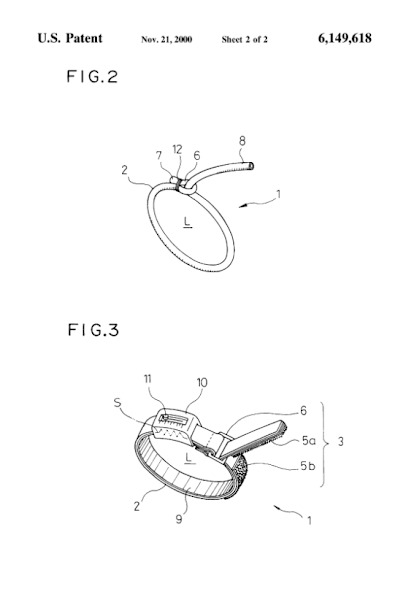 A full postpartum recovery from pregnancy and childbirth is transformative and can takes months or years. While time and patience are required, KAATSU can play an extremely efficient and effective role in post-natal recovery.
A full postpartum recovery from pregnancy and childbirth is transformative and can takes months or years. While time and patience are required, KAATSU can play an extremely efficient and effective role in post-natal recovery.A lack of time and a lack of sleep are just two major obstacles to returning back to normal, both physiologically and emotionally.
KAATSU equipment can be used anytime and anywhere - and presents an entirely new paradigm for young mothers. KAATSU Air Bands should be used exclusively in the KAATSU Cycle mode while mothers are:
* regularly breastfeeding
* gently rocking their baby to sleep
* pushing their child in a stroller
* doing housework from folding clothes to tidying up
* preparing meals
* typing emails or texting
* playing with and watching the baby
This is an example of 'double-stacking' with KAATSU. That is, KAATSU is being performed while focusing on another important activity.
 The KAATSU Cycle mode's gentle, rhythmic, automated pressure on the arms or legs, even without movement, is exercise that specifically results in improved vascular tissue elasticity, underlying muscle tone, and skin tightness. Post-natal KAATSU does not have to be - and should not be - vigorous, difficult or time-consuming for the mother. No specific workout exercises need to be done to see results. Simple movement with KAATSU Air Bands on that mothers normally do with their child is sufficient.
The KAATSU Cycle mode's gentle, rhythmic, automated pressure on the arms or legs, even without movement, is exercise that specifically results in improved vascular tissue elasticity, underlying muscle tone, and skin tightness. Post-natal KAATSU does not have to be - and should not be - vigorous, difficult or time-consuming for the mother. No specific workout exercises need to be done to see results. Simple movement with KAATSU Air Bands on that mothers normally do with their child is sufficient. The alternative compression and decompression of the KAATSU Air Bands can be integrated into mother's normal lifestyle and schedule that effectively and efficiently produces results. KAATSU should not be seen as a workout, but simply a part of one's schedule, conveniently done 1-2 times per day.
The KAATSU Air Bands can be used as stand-alone tools to achieve the results that mothers want, but the KAATSU C3 or KAATSU B1 can also be used in combination with other fitness equipment (e.g., treadmills) or movements, from stretching and yoga to Pilates and different kinds of isometic exercises.
KAATSU even has a role in postpartum depression where insomnia and stress are encountered because KAATSU can help balance hormones and improve sleep.
And, of course, with mother and father trying to find a balance with their various responsibilities, spouses can effectively workout with a minimum of time.

Some questions that mothers may ask include:
Q1. Does use of KAATSU make a difference between a vaginal birth versus a Cesarean delivery (C-section)?
A1. Mothers who have had either type can benefit from KAATSU Cycle sets. The systemic effect of KAATSU is powerful for healing for recovery from stitches or small connective tissue tears. The hormonal response is also extremely valuable on many levels.
Q2. How does use of KAATSU impact the mother's milk supply?
A2. Very well.
Q3. How does use of KAATSU affect new varicose veins? Will KAATSU make it worse?
A3. With an increased vascular elasticity, KAATSU will help improve the appearance of the vascular veins.
Q4. How often should or can KAATSU be used?
A4. At least daily is good. Twice per day, using arms first and legs second during each daily KAATSU session, is optimal for most mothers.
Q5. How intense does KAATSU have to be to get results?
A5. KAATSU Cycles should be done gently, comfortably, and easily. There is no need to workout intensely or move vigorously while doing KAATSU Cycle sets during this post-natal period. Intensity and complexity of movement can increased over time (e.g., post 6-8 weeks of birth).
Q6. Will KAATSU lead to immediate results? How long can visible result take?
A6. KAATSU starts to immediately impact the vascular elasticity of your capillaries, veins and arteries. The frequency of usage will impact how soon results will start to be experienced and seen. But generally within a few weeks (e.g., 14-28 KAATSU sessions), aesthetic results will be visible.
Copyright © 2014 - 2022 by KAATSU Global


















